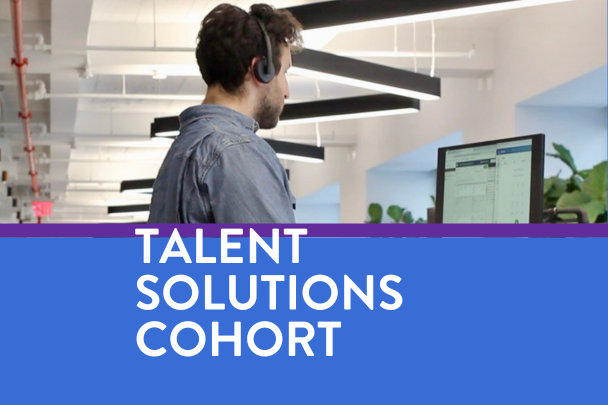This year, America is expected to hit a significant milestone called “Peak 65,” or the “Silver Tsunami.” This is when more Americans than ever before, about 4.4 million people, will reach the traditional retirement age of 65 in the same year. This mass retirement can potentially lead to a substantial loss of valuable knowledge and experience. It is important for businesses with an aging workforce to understand the implications of this and figure out ways to combat it.
Retirement Today
It’s important to note that Peak 65 assumes that people will retire at 65, which isn’t always the case. According to Gallup, the average expected retirement age among non-retirees has increased from 60 in 1995 to 66 today, and the average retirement age among retirees has gone up from 57 in the 1990s to 61. However, the concept remains valid for any company that has workforce planning as a strategic goal. Even if it’s not happening this year, at some point, companies will encounter a knowledge gap due to retirement.
Institutional Knowledge
According to Harvard Business Review, one organization reported that the loss of almost 700 retirees would mean the loss of over 27,000 years of experience. That is a significant loss of institutional value that takes years and years to accumulate. This knowledge includes intangible processes, procedures, and other information that is difficult to transmit or even train on.
However, there is good news, as a recent AARP survey shows that over a quarter of Americans aged 50 and older are currently doing gig work or freelance work to make money part-time. This means the valuable talent pool of retirees doesn’t have to be completely lost to retirement. This trend of “unretiring” is also evidenced by a T. Rowe Price survey showing that 57% of retirees want to continue working in some capacity.
Promoting Phased Retirement
One solution for tackling the impending retirement of a significant number of employees is to introduce a phased retirement program. This program allows retirees to gradually disengage from their company by working either in a reduced capacity or on a contract basis, which provides ample time to transfer valuable institutional knowledge. This approach is also known as “flextirement” and is increasingly popular among forward-thinking companies.
According to Mercer’s data, 38% of companies surveyed offer employment options such as project-based roles, gig, etc. to retirees, and 36% offer part-time, flexible, or phased retirement choices. This approach has several benefits, including a smoother transition with less loss of knowledge and an improved employer brand that reflects the company’s commitment to its employees’ well-being.
A leading public accounting firm currently employs this tactic. Through partnership with Atrium, this company introduced a customized onboarding process specifically tailored for retired partners, a highly visible and valued subset of the company’s population who may return to support business continuity after retirement.
Direct Sourcing and Talent Communities
One possible solution that aligns with the concept of phased retirement is to keep retired workers engaged in a Talent Community, where they can be available for contract work through Direct Sourcing. This is an effective recruiting method, as it allows you to connect with candidates by building a talent pool of individuals who have either worked with your company in the past or have displayed interest in doing so.
This talent pool can include retirees, as well as interns, referrals, independent contractors, other alumni, and even “silver medalists.” By utilizing this approach, you can leverage the expertise of retirees who are interested in working part-time, on a project basis, or as consultants. They can offer their valuable institutional knowledge and experience while enjoying the flexibility of working on their own terms.
Mentor Programs
Establishing a mentoring program is another excellent way to mitigate the loss of institutional knowledge. This program can connect senior employees who are nearing retirement with newer employees, facilitating the transfer of knowledge from one generation to another. Creating a voluntary program where both mentors and mentees can sign up to participate can foster a culture of collaboration, learning, and growth within the organization. This can result in a number of benefits, such as increased retention rates, improved employee satisfaction, and overall performance enhancement.
Addressing the Challenges of a Retiring Workforce
Looming mass retirement presents a challenge that businesses cannot afford to ignore. Companies that fail to act risk losing valuable knowledge and experience, which can be detrimental to the bottom line. However, there are several effective strategies that businesses can adopt to combat this issue. By promoting phased retirement, direct sourcing, talent communities, and mentor programs, companies ensure that institutional knowledge is retained and transferred to newer employees. Investing in these programs also demonstrates to employees that their well-being and contributions are valued. This can result in higher levels of engagement, loyalty, and productivity. By addressing the challenges of an aging workforce, businesses can not only maintain productivity but also position themselves for continued growth and success.











